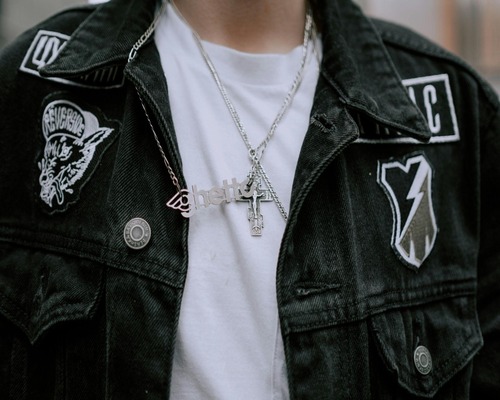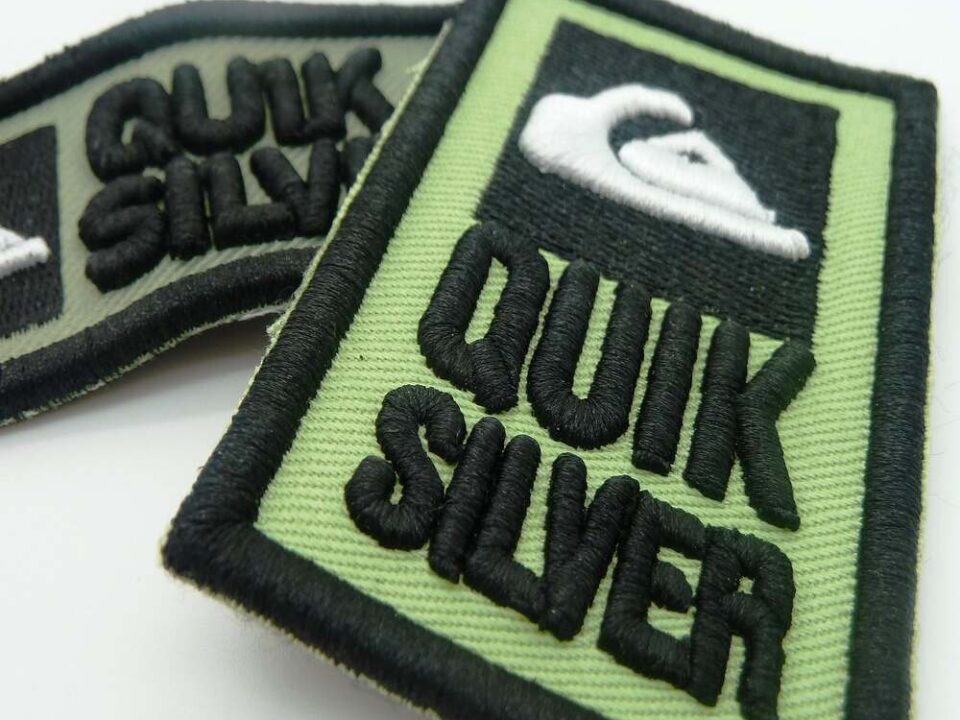How to Choose the Perfect Patch Backing Material – An Ultimate Guide

How to Choose a Reliable Custom Patch Provider – A Complete Guide
April 18, 2024
Maintaining Patches on Clothes: Essential Care Tips for Longevity
May 22, 2024Choosing the right patch backing material is crucial as it significantly affects the patch’s durability, flexibility, and application. This comprehensive guide aims to help you navigate through the options available, ensuring you select the best backing for your patches. Whether you’re looking to customize your gear, uniforms, or promotional items, understanding the nuances of patch backing materials is the first step toward creating high-quality, long-lasting patches.
Understanding Patch Backing Materials
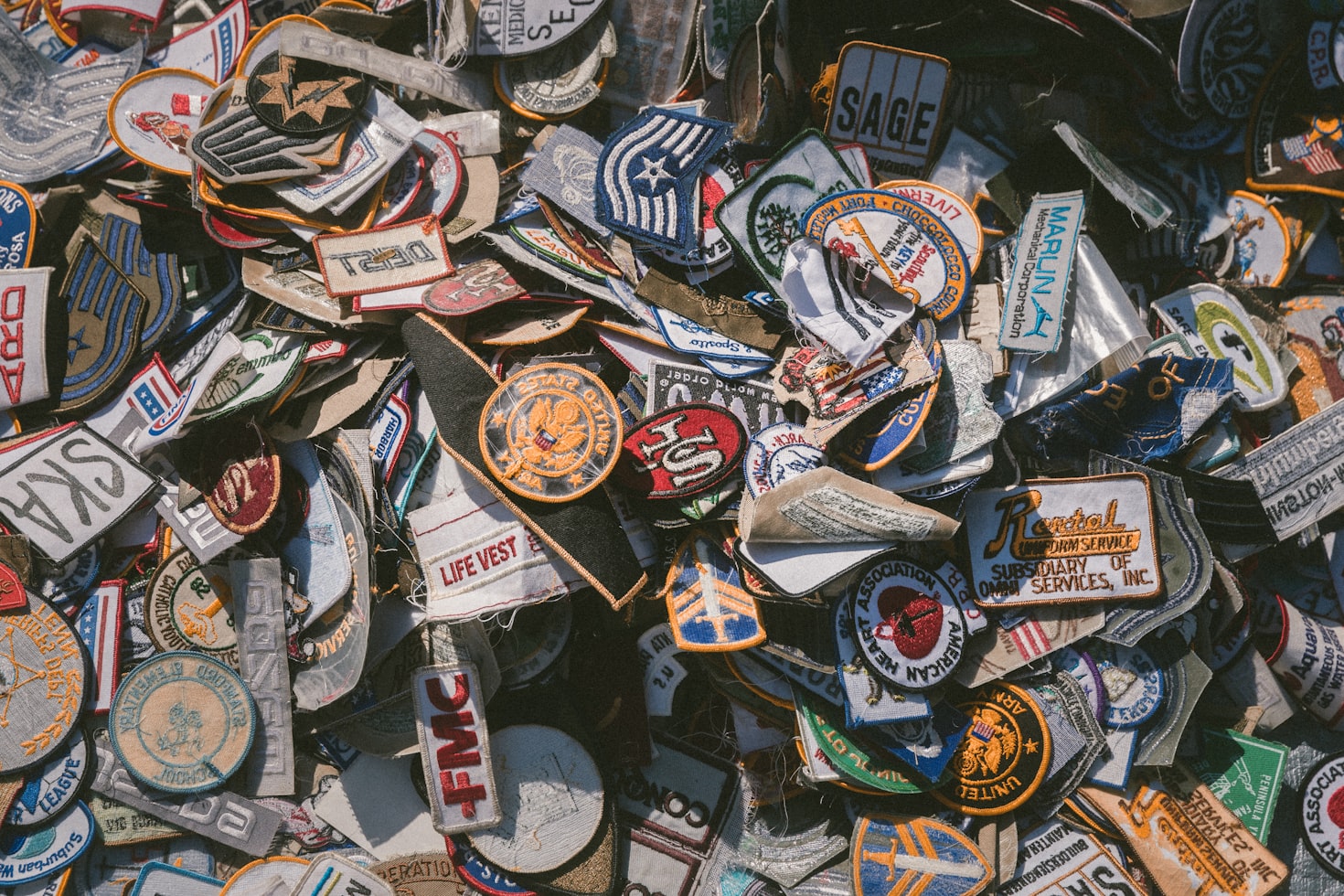
Patch backings are the foundation of any patch, providing structure and support. They play a pivotal role in how a patch is attached to the fabric and can influence the overall appearance and functionality of the patch. Let’s explore the most common types of patch backing material and their characteristics to help you make an informed decision.
1. Sew-On Backing
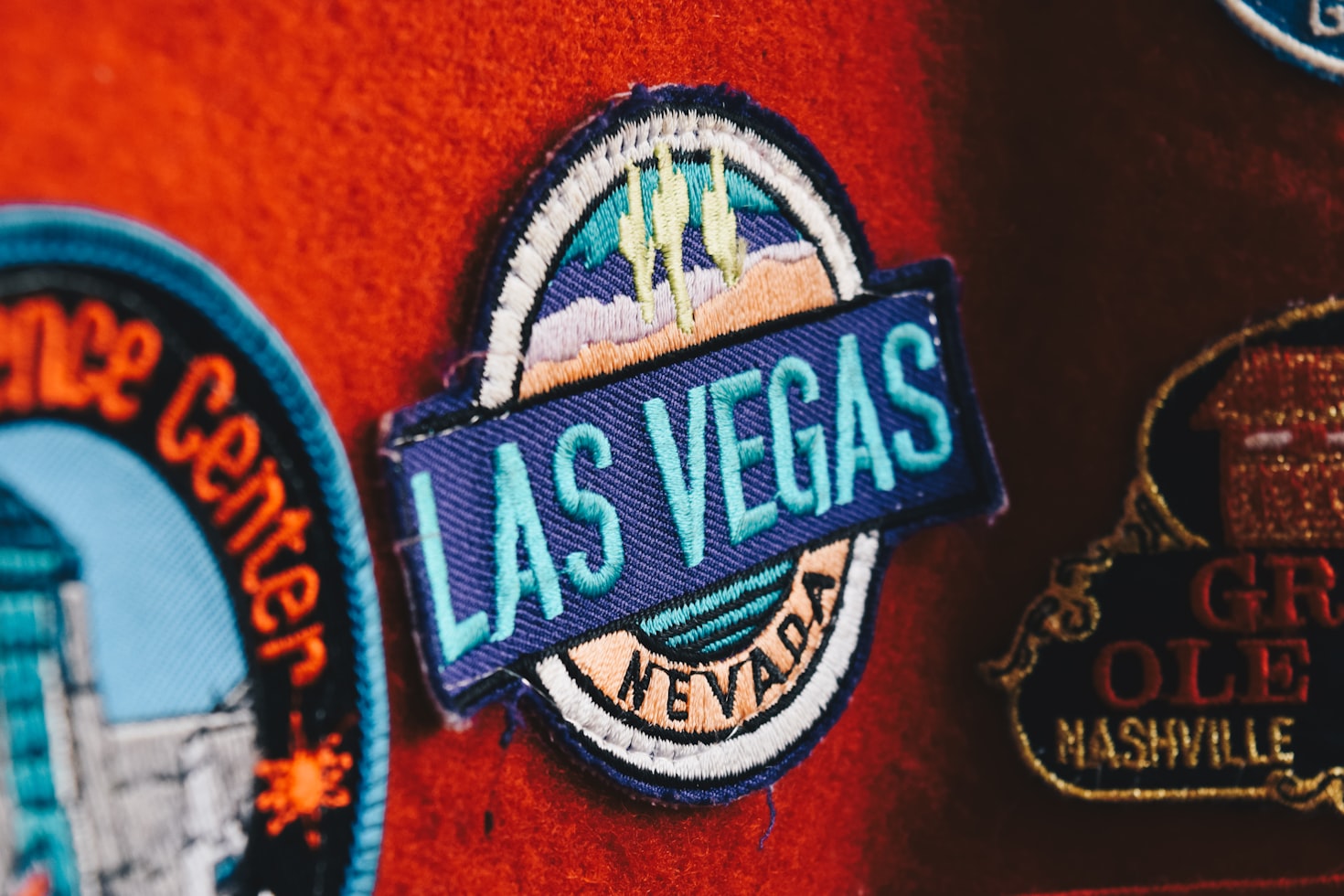
Sew-on patches are the traditional choice, offering maximum durability and permanence. This type of backing requires the patch to be sewn directly onto the garment or item, making it ideal for heavy fabrics and items that undergo frequent washing. Sew-on backings are perfect for those looking for a more permanent solution and don’t mind the extra work involved in sewing.
2. Iron-On Backing
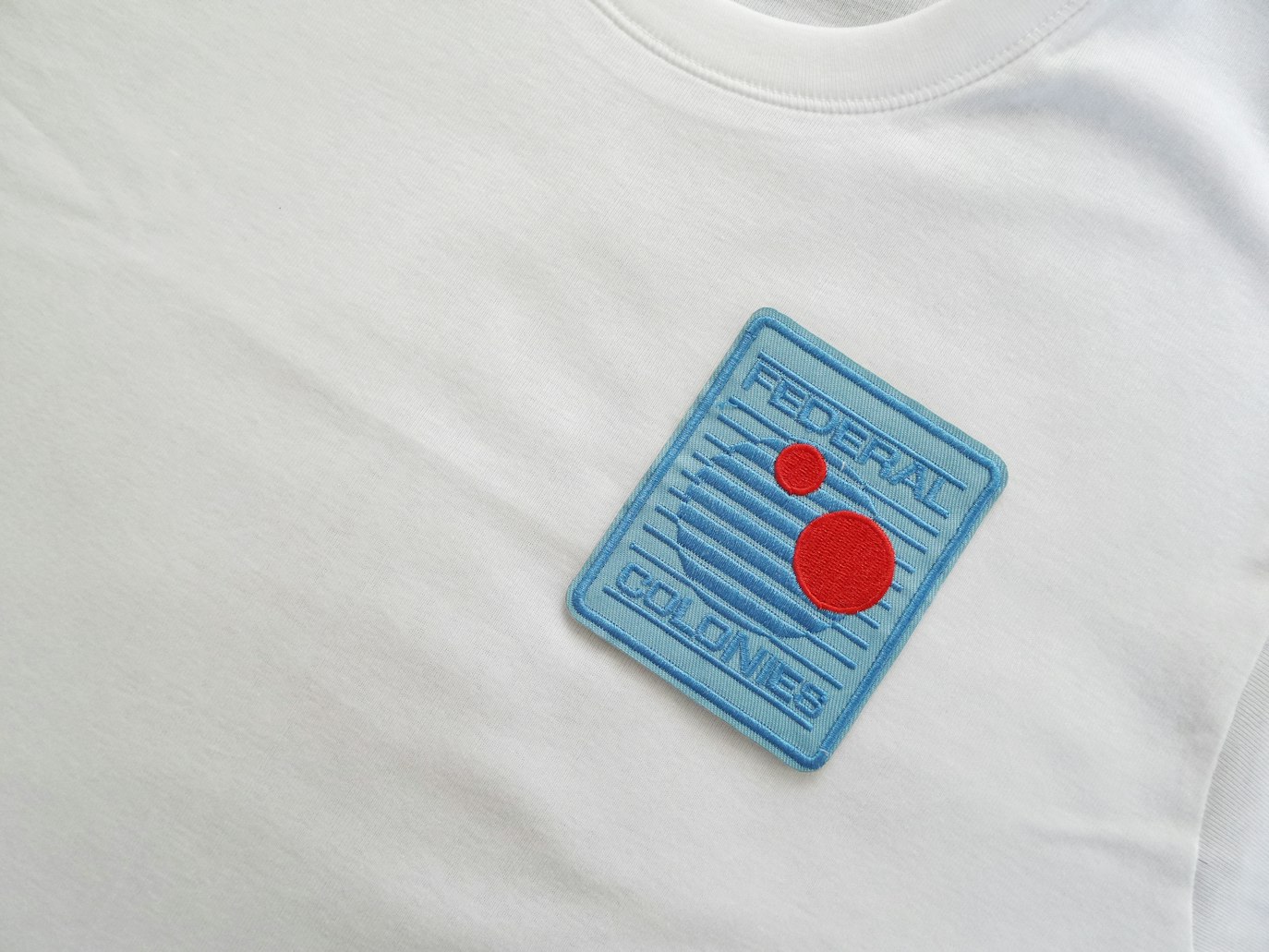
Iron-on patches come with a layer of heat-activated glue on the back, making them easy to attach with just a standard iron. This backing type is excellent for quick applications and is suitable for most fabrics except those sensitive to heat. Iron-on backings offer good durability but may require sewing for added strength over time, especially on items that are washed regularly.
3. Velcro Backing
Velcro-backed patches are incredibly versatile, allowing you to remove or interchange patches as desired. This backing consists of two parts: the hook side, which is attached to the patch, and the loop side, which is sewn onto the garment. Velcro backings are ideal for military uniforms, tactical gear, and any situation where you might want to swap out patches frequently.
4. Adhesive Backing
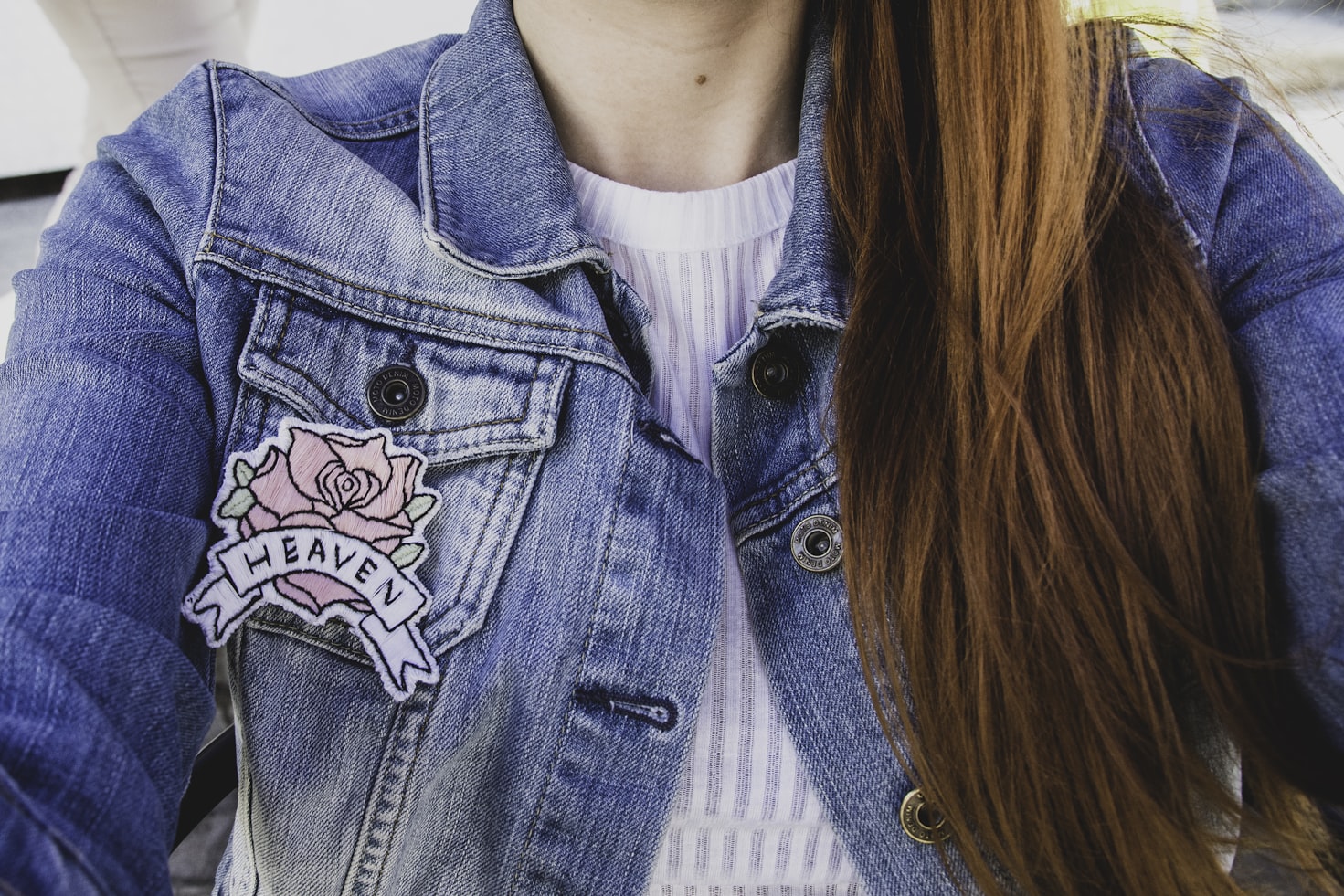
Adhesive-backed patches are the simplest to apply, featuring a sticky back that can be attached to any surface by simply peeling and sticking. While incredibly convenient for temporary applications or promotional items, adhesive backings are not recommended for items that are washed or used outdoors, as the adhesive can weaken over time.
5. Magnetic Backing
Magnetic backings are a non-invasive option, perfect for attaching patches to metal surfaces without any adhesive or sewing. These backings are best suited for decorative purposes on refrigerators, cars, or any metallic surface where you’d like to add a bit of flair without permanence.
Choosing the Right Backing for Your Patch

Custom patches are a powerful way to personalize, brand, or unify apparel and accessories. Yet, one of the most critical decisions in the custom patch process is often overlooked: selecting the appropriate backing. The choice of patch backing material can dramatically affect the patch’s application, durability, appearance, and overall suitability for its intended purpose.
1. Assessing Durability Needs
The expected lifespan and use conditions of your patch are paramount when selecting a backing. Patches intended for outdoor gear, work uniforms, or frequently washed items necessitate a durable backing that can withstand the elements and repeated laundering.
- Sew-On Backings: The epitome of durability, sew-on patches are secured with stitches, making them ideal for heavy-duty use. They are the best choice for items subjected to rigorous conditions and frequent washing, as they provide a permanent solution that is less likely to degrade over time.
- Iron-On Backings: Featuring a layer of heat-activated adhesive, iron on patch backing offers a strong bond that can endure moderate handling and occasional washing.
- Velcro® Backings: Offering a unique combination of durability and flexibility, Velcro-backed patches are particularly favored for military, emergency services, and outdoor activities where patches may need to be changed or removed. The Velcro system allows for easy removal without compromising the patch’s structural integrity.
2. Considering Application Method

Your preferred method of applying the patch should influence your choice of backing, balancing between ease of use and the nature of the item the patch will adorn.
- Iron-On: The simplicity of iron-on backing for patches makes them appealing for a quick application, requiring nothing more than an iron. However, they are less suited for heat-sensitive materials.
- Adhesive: For temporary applications, promotional events, or items that cannot be ironed or sewn, an adhesive backing provides a convenient solution. It’s important to note that adhesive backings are not suitable for long-term use, especially on items that will be washed or exposed to harsh conditions.
- Sew-On: Requiring more effort to apply, sew-on patches offer an unmatched level of security and permanence, making them the go-to for items intended for long-term use.
3. Flexibility and Fabric Considerations
The flexibility of a patch is an important consideration, especially for garments or accessories that bend, stretch, or fold.
- Sew-On Backings: These provide the most natural drape, moving seamlessly with the fabric to which they’re attached. This makes them particularly suitable for placement on areas of clothing that see a lot of movement, such as elbows, knees, or shoulders.
- Iron-On and Adhesive Backings: These backings may stiffen the patch area slightly. They can be beneficial for adding structure to certain items depending on the flexibility of movement allowed.
4. Changeability and Versatility
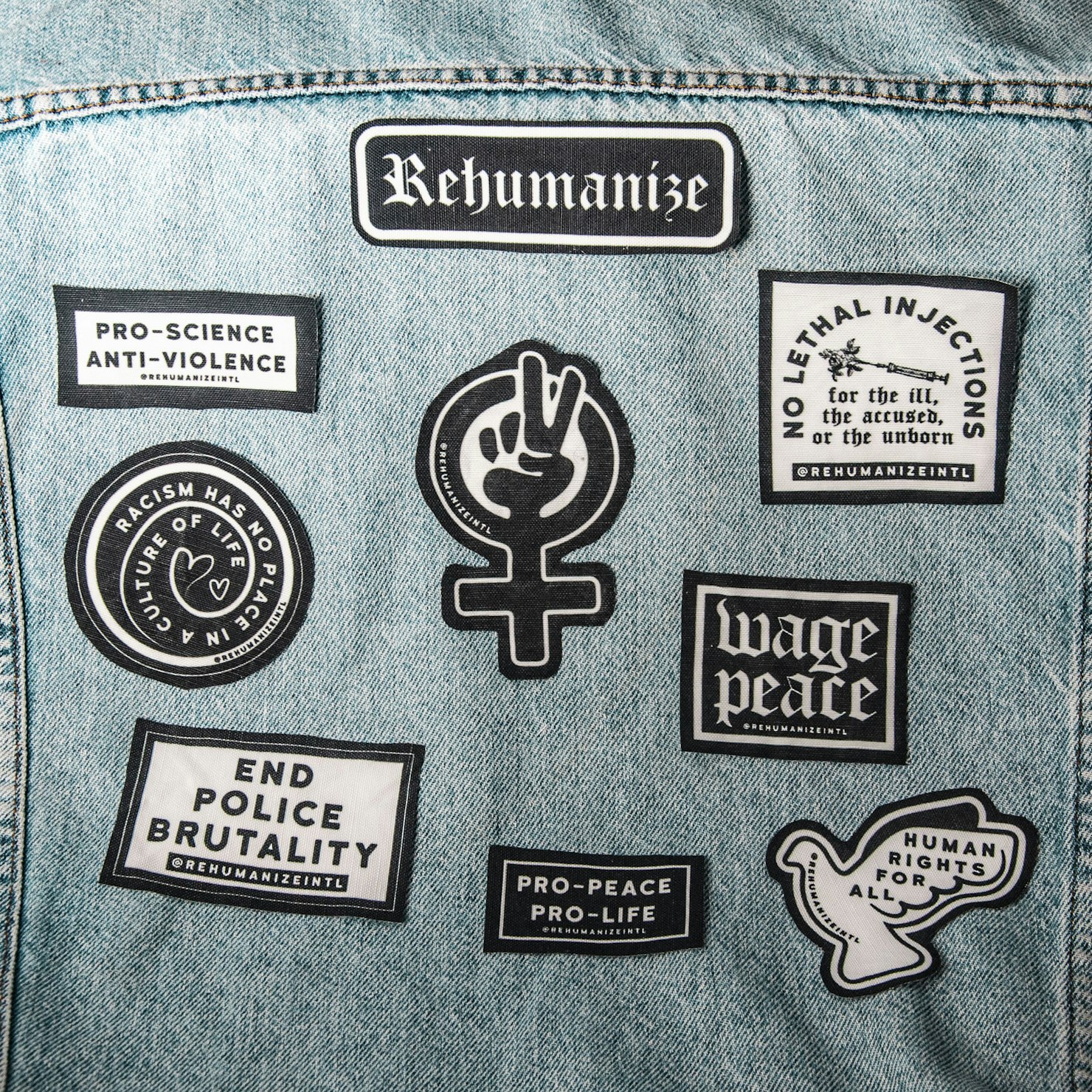
The ability to change or rotate patches might be desirable for certain uniforms, personal style choices, or the need for versatility in the use of the patch.
- Velcro® Backings: These are ideal for situations requiring the flexibility to change patches frequently, offering ease of use without sacrificing attachment security.
- Magnetic Backings: Although less common, magnetic backings provide a non-permanent attachment method that works well for decorative applications on metal surfaces, offering easy changeability without the need for adhesive or sewing.
5. Aesthetic Compatibility
The backing you choose can influence the overall look and feel of your patch. It’s important to consider how the backing complements the design and material of the garment or item it will be attached to.
- Invisible Finish: For those seeking a seamless look, sew-on patches may be preferable, as they don’t have the additional layer of adhesive that can sometimes outline the patch.
- Structured Appearance: Iron-on backings can add a slight rigidity to patches, providing a more pronounced and structured appearance that may be desirable for certain designs or placements.
6. Material of the Garment or Item
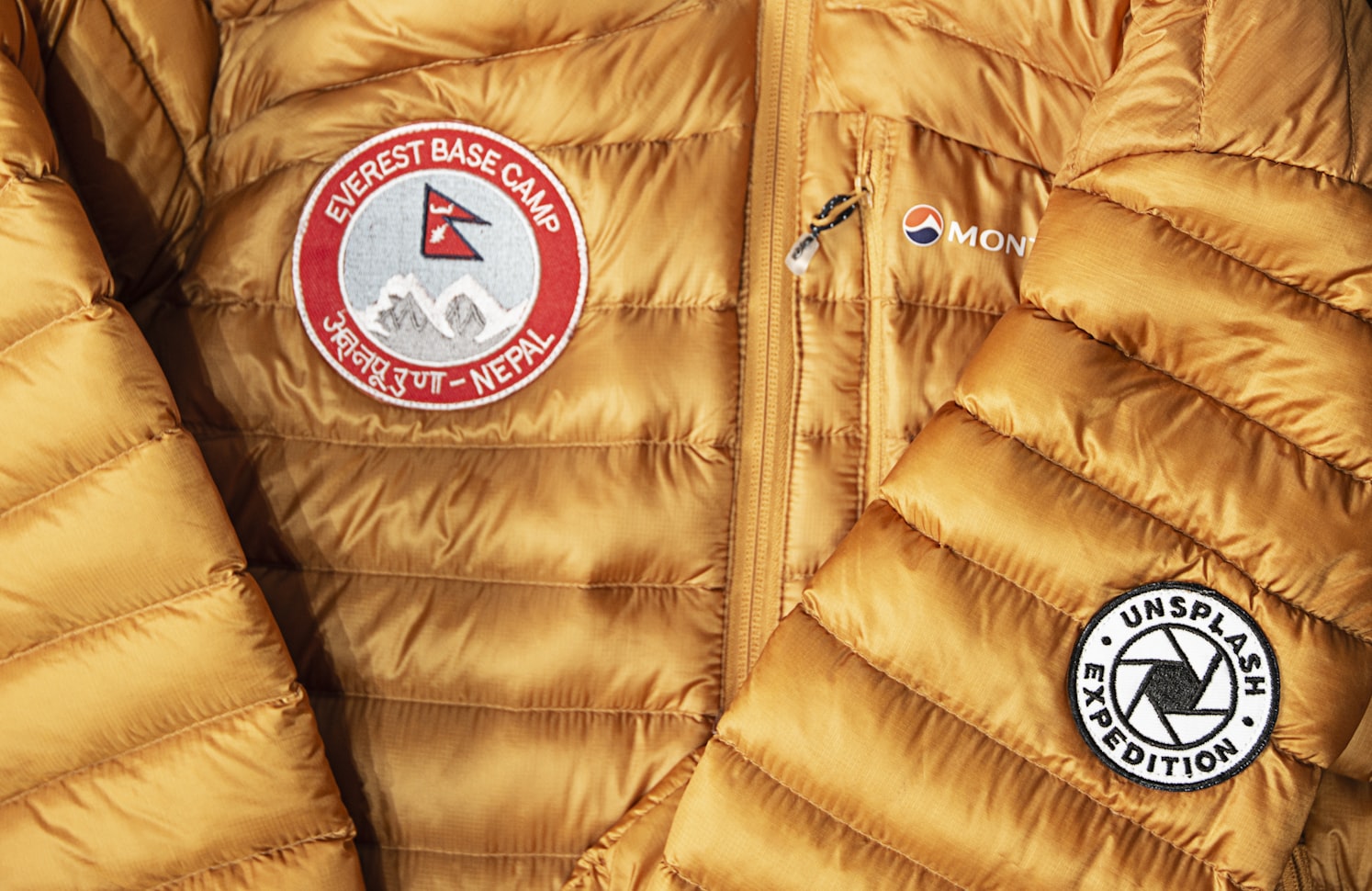
The material of the item you’re attaching the patch to can greatly affect which backing is most suitable. Not all backings work well with every fabric type, and choosing the wrong combination can lead to attachment failures or damage to the item.
- Delicate Fabrics: For lighter, more delicate fabrics, a sew-on backing may be the safest option to avoid heat damage from ironing or the residue from adhesives.
- Thick or Rugged Materials: Items made from thicker or more rugged materials, like backpacks or canvas, are well-suited to iron-on and sew-on backings, which can handle the weight and texture of the fabric.
7. Environmental Considerations
The environmental conditions to which the patch will be exposed can also dictate the most appropriate backing type.
- Outdoor Use: Patches intended for outdoor gear, such as camping equipment or outerwear, benefit from sew-on or Velcro® backings, which can withstand elements like rain, mud, and constant sunlight without peeling away.
- High-Temperature Environments: For items used in high-temperature environments or that require high-heat industrial washing, sew-on backings are essential to prevent melting or detachment.
Final Thoughts
Custom patches are a powerful way to express identity, showcase creativity, or promote a brand. Choosing the right patch backing material is essential to ensure your patches look great, last long, and meet your application needs. Whether you opt for the traditional sew-on method, prefer the convenience of iron-on, require the flexibility of Velcro, or need the temporary solution of adhesive backings, your choice will set the foundation for your patch’s success.
For those looking to create high-quality custom patches with the perfect backing, Anything Chenille is your premier destination. From the initial design to the final product, their team ensures that your patches not only meet but exceed your expectations. Choose Anything Chenille for patches that truly stand out.



